Part1: Turtle Geometry
1 a) The period of this circle is (360°/1°)*1=360. 2*pi*r=360.So, the radius is 180/pi.
1 b) The period of polygonHalt(x,x) is (360°/x°)*x=360. 2*pi*r=360. So, the radius is 180/pi, no matter what x is.
1 c) Based on the Simple-Closed-Path Theorem, the total turning on a simple closed path is 360°. (the turning over the arc)+(180°-A)+(180°-B)=360°. Thus, (the turning over the arc)=A+B.
Part2: L-System
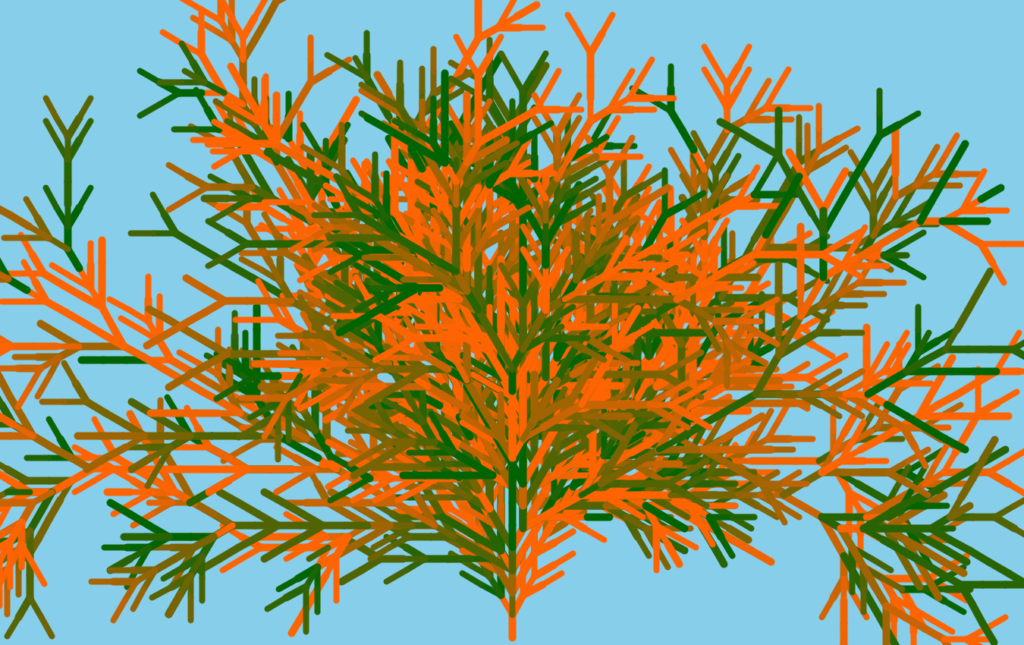
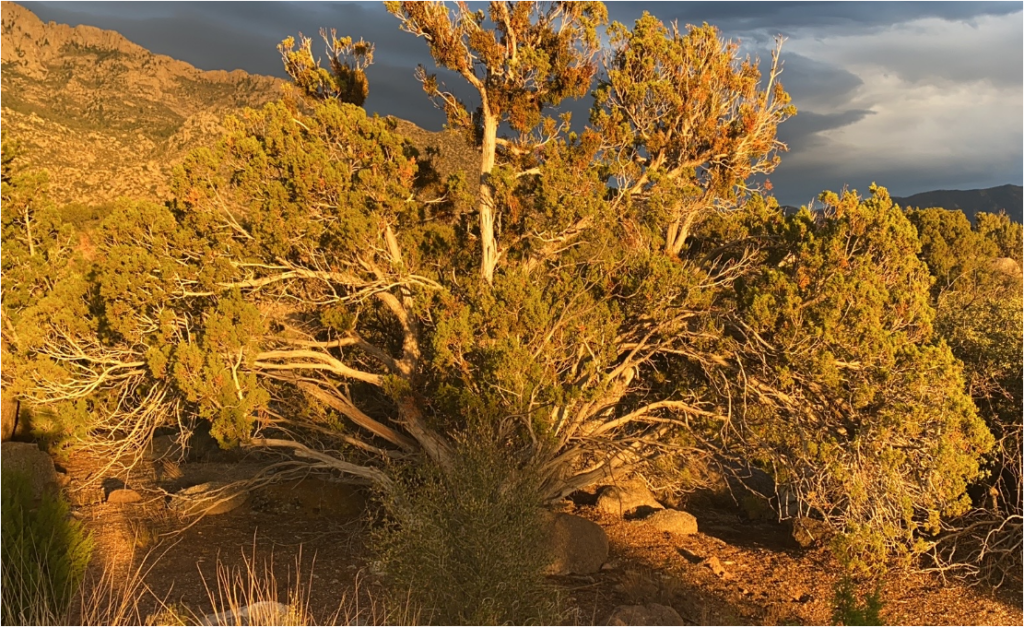
The first plant is a tree located on a nearby mountain. Every day, I run past it while jogging. I am unable to identify the type of tree. However, its ‘fan’ shape attracts my attention. Fall gives it a mixed green-yellow color. These two features inspired my design. The branches are lengthened compared to the trunk length to create a ‘fan’ shape. Assigning it a mixed color can be a challenge. This is accomplished by adding two axioms that will adjust brightness and hue whenever they are called.
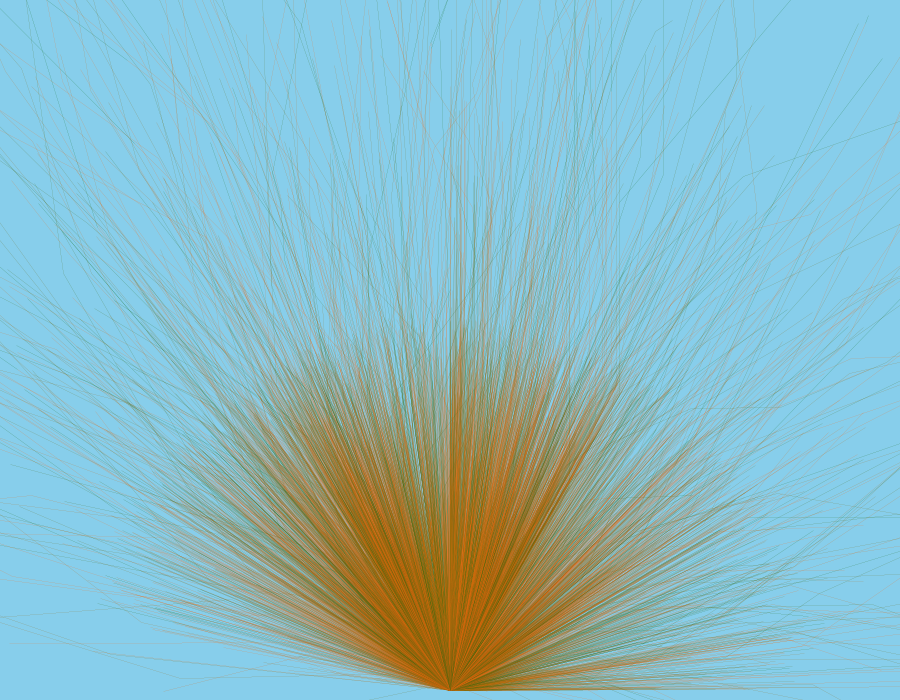
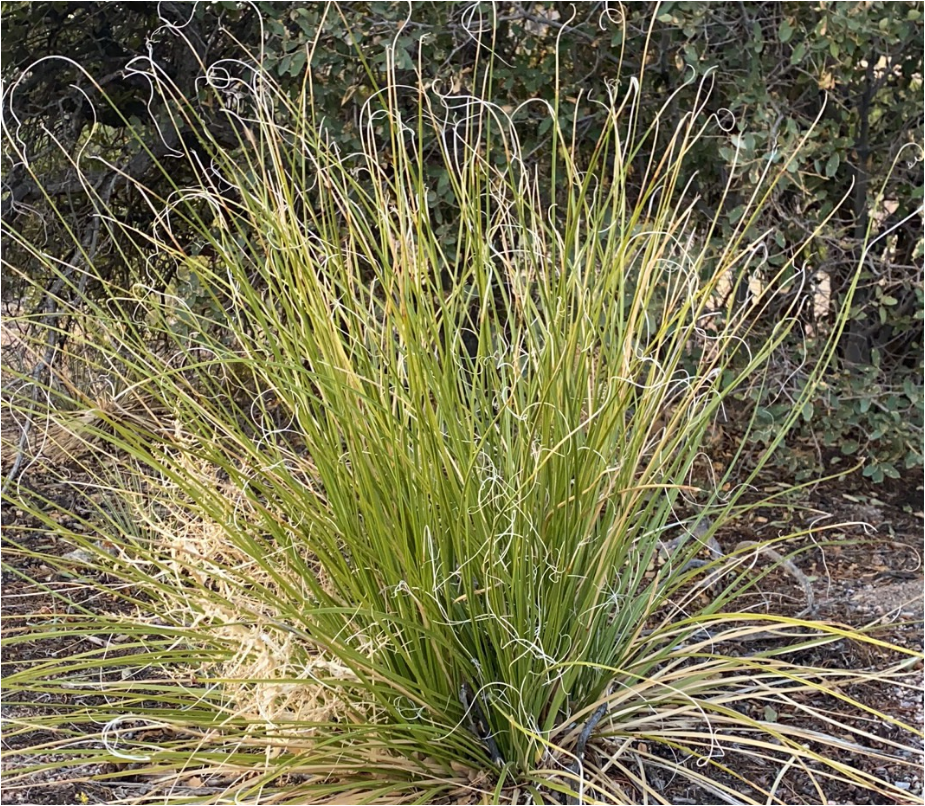
Grass is the second type of plant. I drew it because when I was choosing which plant to pick while opening my door, it was here. It was as if the grass was saying, ‘Come on, pick me! Therefore, I put it on my list of choices. It has a fan shape and mixed colors. However, compared to the tree structure, there are no branches to be seen. Just tiny leaves that have changed from thick to thin. For this structure, I removed the “branches” and changed the leaf thickness during their growth.

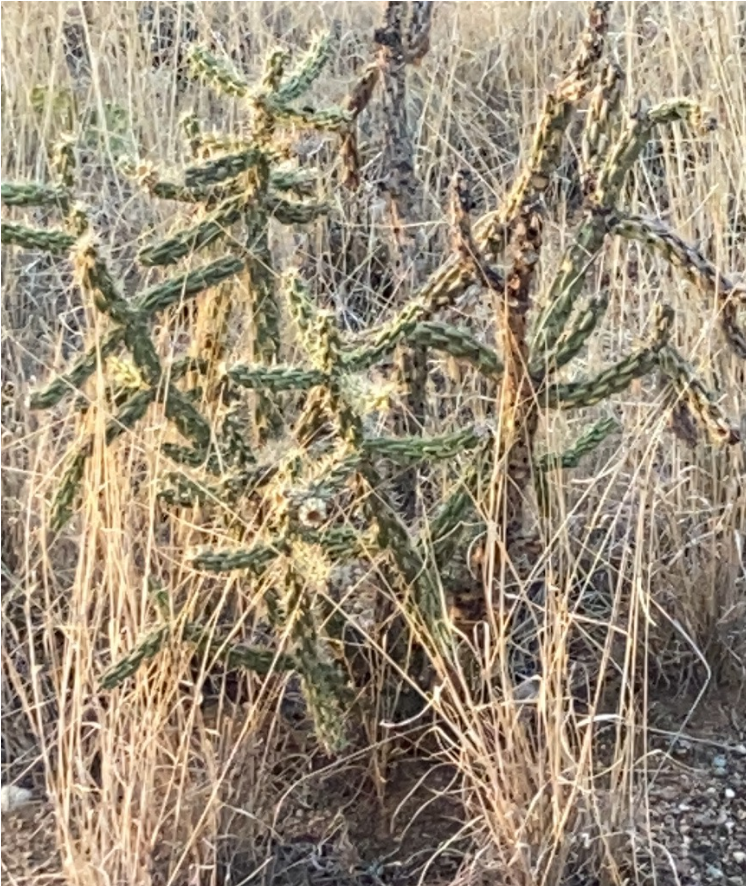
Cactus, one of the most common and representative plants in New Mexico, is the third type of plant. They do not have many branches and are not as tall as trees. Typical structures are the needle-like leaves and the stem segments. Using different thicknesses of lines when drawing different structures, in order to simulate these features, is the most challenging part. Additionally, I simplified the “branch” structure.
The code is available here.
Part3: Fabrication

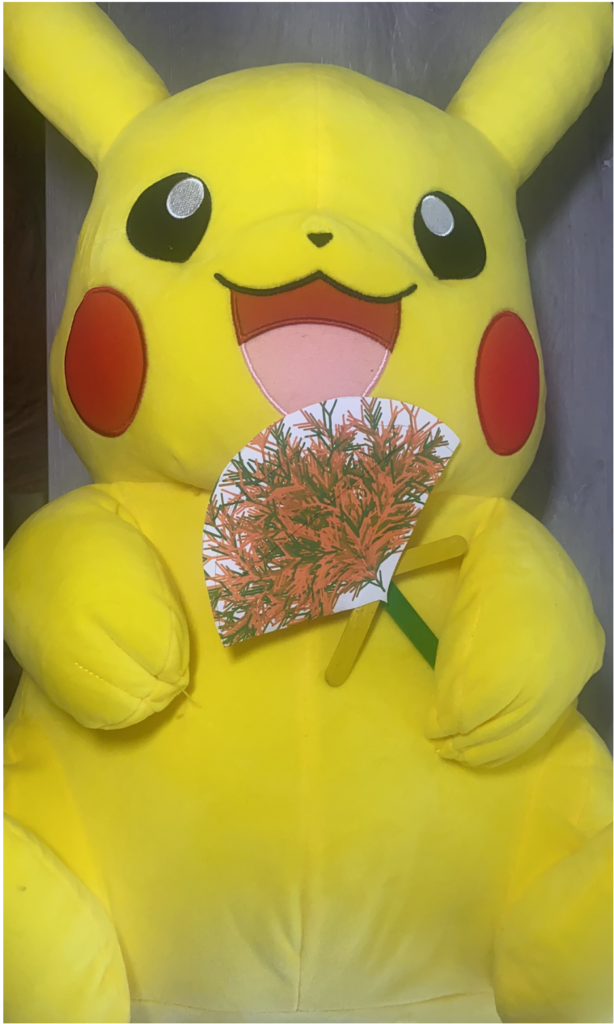

I printed the first tree onto canvas and made it into a fan.The most challenging aspect of this project is the creation of the fan skeleton. My first attempt was to use thin metal string, which was not sufficient to support the fan. It is, however, not possible to balance aesthetics with a thicker metal string. As a result, I decided to use wood as the skeleton. A second problem is the small size of the fan. Further improvements will be possible with a larger printer.
Hi Jingbo,
I love the colors in your tree! I really like how at the base you can see that one half is green and the other half is orange. The grass system is so beautiful it really looks like grass. The image of the grass looks like it has movement. I look forward to seeing your fan on Tuesday!